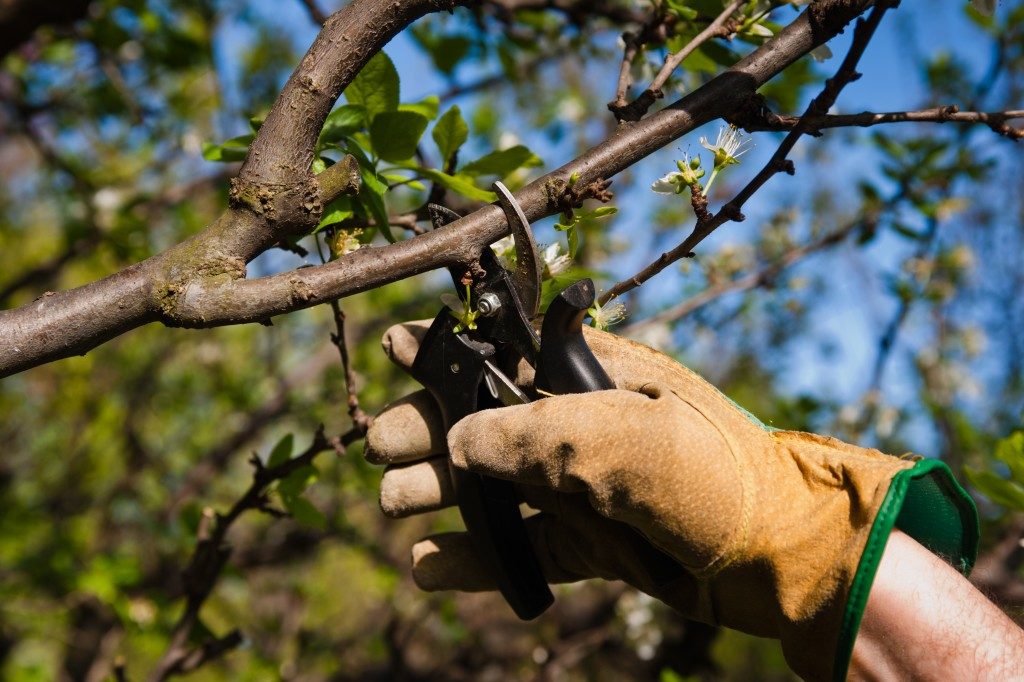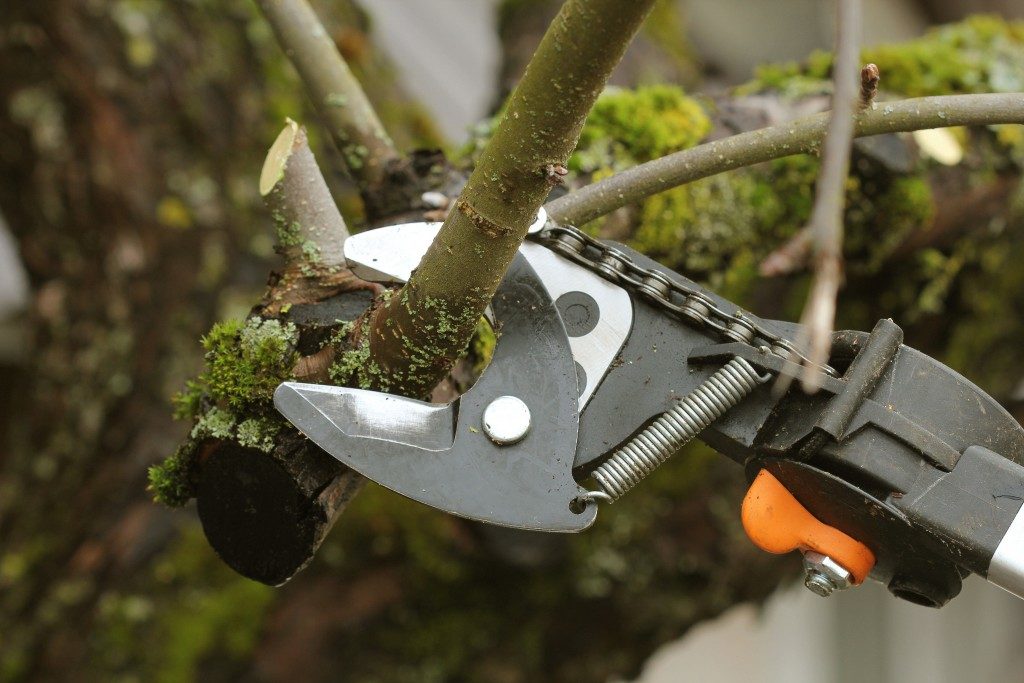Trees require attentive pruning to keep them in excellent health and maintain their spectacular aesthetic appearance. Proper pruning pays attention to tree growth patterns, seasons, and variations between species.
Pruning is one of the key maintenance chores for gardens with trees, allowing homeowners to direct the growth of the tree for optimum health and aesthetic appeal. There’s more to pruning than just lopping off branches on a whim. Done with a wrong branch at a wrong time of year, pruning may irreversibly harm the tree or set it to a less than satisfactory path of growth.
When to Trim
A tree trimmer has a whole year of work ahead in keeping trees well pruned, especially in seasonal yet dry climes like in Utah county. Pruning dead branches is not tied to a season and can be done all year long. These branches have no connection to the living tree and may pose a hazard for both the tree and its owners. Living branches, meanwhile, respond differently to trimming throughout the seasons. Typically, trees heal fastest in spring, shortly before their growth flush.
Trimming the tree at the appropriate times can help homeowners determine the thickness and direction of the tree’s growth. Most trimming takes place in winter while the tree is still very much dormant and is done to encourage thick and vigorous new growth. Summer trimming, meanwhile, typically slows down the growth process, allowing gardeners to train the new branches to grow in the direction they want. To reduce the likelihood of fungal diseases among trees, homeowners should never trim trees during autumn.
Tree species can be coaxed to produce more blooms by cutting branches at key intervals in their growth season, though this will vary immensely between tree species. Species that flower in the late summer, for instance, should be trimmed in winter or spring.
Trimming Patterns
 Pruning that isn’t dedicated to cleaning a tree of dead or diseased branches are often done to shape, control, and encourage growth. Careful attention to pruning at a young age will help trees grow into a stable shape that will require less corrective pruning in the future.
Pruning that isn’t dedicated to cleaning a tree of dead or diseased branches are often done to shape, control, and encourage growth. Careful attention to pruning at a young age will help trees grow into a stable shape that will require less corrective pruning in the future.
Trees are also sometimes trimmed to reducing its size, such as when it’s needed to clear power lines. Today, reducing a tree’s height requires the careful and methodical trimming of branches, which does not cause the tree to lose stability when it grows back.
Palm trees are pruned differently from their broadleaf and conifer counterparts. Most palm pruning requires the removal of dead leaves (fronds) that have accumulated close to its crown. A palm tree would typically not need to have its green leaves removed.
Bringing in the Experts
Most younger or shorter trees can be pruned by hand. Homeowners would need little more than a dedicated branch trimmer to get going, occasionally using a ladder to help get to the stubborn parts at the tree’s crown. Indeed, adequate pruning can make trees grow to especially short sizes—such as the case of espaliers, cordons, and bonsai—which would usually make them easy to manage.
At a certain height, however, trees become too difficult for most homeowners to adequately prune unassisted. Pruning these large trees may prove to be a challenging undertaking not only because of the height requirements but also in understanding which branches to cut off to maintain healthy growth. Thus, trimming exceptionally tall trees should be left to the expertise of a specialist pruning company.




